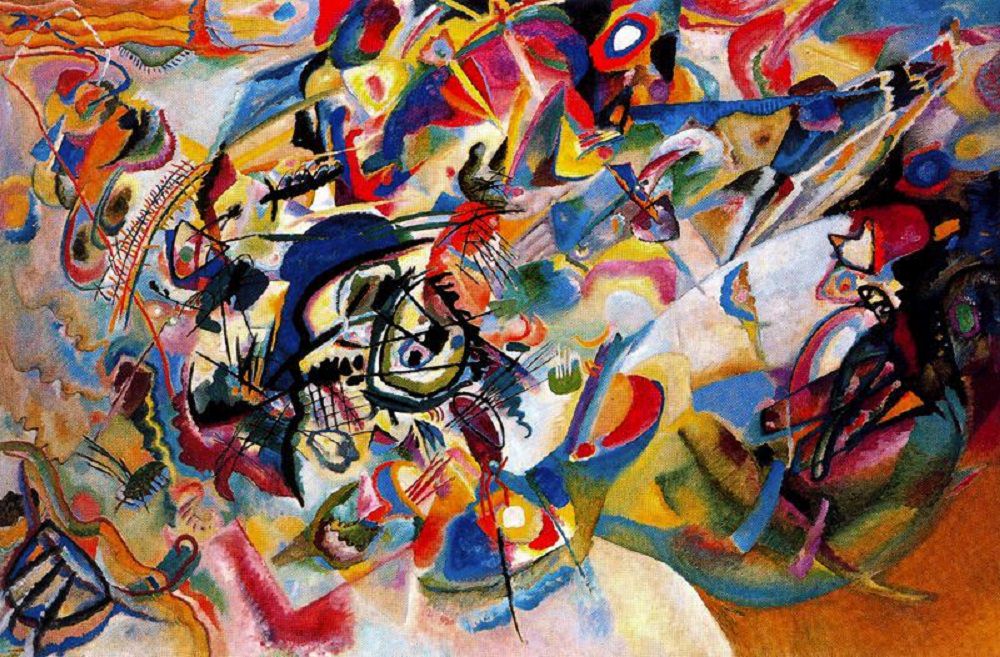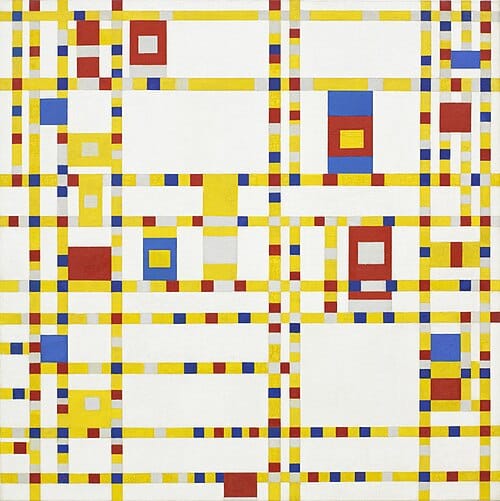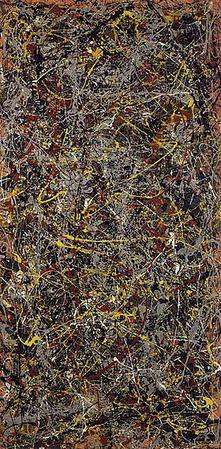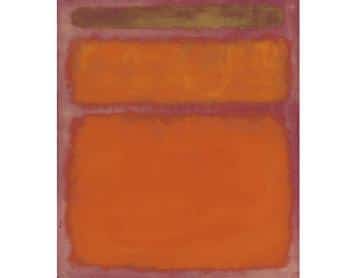What is Abstract Painting?
Abstract painting is one of the most expressive and liberating forms of art. Unlike realism, which aims to depict recognizable subjects, abstract art focuses on shapes, colors, textures, and compositions to convey emotions and ideas. It allows artists to break free from traditional forms and create something unique that speaks to the viewer’s imagination.
Abstract painting can be non-representational, meaning it does not depict specific objects or scenes, or it can be semi-abstract, where elements of reality are distorted or exaggerated. This style encourages creativity, spontaneity, and personal expression, making it an excellent choice for beginners who want to explore painting without strict rules.
What Should Beginners Know About Abstract Painting?
If you’re new to abstract painting, here are some essential things to keep in mind before you start:
1. There Are No Strict Rules
One of the biggest advantages of abstract painting is its freedom. You don’t have to worry about making your artwork look realistic. Instead, focus on how different colors interact, how brushstrokes create texture, and how composition affects the overall feel of the painting.
2. Experiment with Different Techniques
Abstract painting involves various techniques that can help you create interesting effects. Some popular techniques include:
- Dripping and Splattering – Made famous by Jackson Pollock, this technique involves flicking or dripping paint onto the canvas for a dynamic, energetic look.
- Layering and Blending – Using multiple layers of paint can add depth and richness to your artwork. Acrylic and oil paints work well for blending colors smoothly.
- Palette Knife Painting – Instead of a brush, a palette knife can be used to apply thick layers of paint, creating bold textures.
- Geometric or Organic Shapes – Some abstract artists use precise geometric patterns, while others prefer free-flowing organic forms.
3. Understanding Color Theory Helps
Although abstract painting does not require traditional techniques, understanding color theory can help enhance your compositions. Colors evoke emotions—warm colors like red and orange create energy, while cool colors like blue and green bring a sense of calm. Experimenting with contrasting and complementary colors can make your painting stand out.
4. Let Your Emotions Guide You
Abstract painting is often about expressing emotions. Whether you feel joyful, contemplative, or even chaotic, let your brushstrokes and color choices reflect your mood. There’s no right or wrong in abstract painting—what matters is the feeling it conveys.
5. Start with a Simple Composition
As a beginner, it can be overwhelming to stare at a blank canvas. A good starting point is to choose a color palette and a basic composition idea. You can begin with simple shapes, a few bold strokes, or even a single dominant color. As you gain confidence, you can experiment with more complex techniques.
Famous Abstract Paintings in the World
Abstract art has a rich history, and many legendary artists have contributed to its evolution. Here are some of the most famous abstract paintings:
1. “Composition VII” by Wassily Kandinsky (1913)

Kandinsky is often regarded as the pioneer of abstract art. His painting “Composition VII” is a chaotic yet harmonious explosion of colors and shapes, symbolizing emotions and sound through visual elements.
2. “Broadway Boogie Woogie” by Piet Mondrian (1942-43)

Mondrian’s geometric abstraction features a grid of yellow, red, and blue rectangles inspired by the energy of New York City’s streets. His work is a prime example of neoplasticism, emphasizing pure colors and forms.
3. “No. 5, 1948” by Jackson Pollock

Pollock’s drip painting technique revolutionized abstract expressionism. His spontaneous, energetic splashes of paint created a sense of movement and emotion, making his work highly recognizable.
4. “Orange, Red, Yellow” by Mark Rothko (1961)

Rothko’s large-scale color field paintings are known for their simplicity and emotional depth. His use of soft color transitions creates a meditative and immersive experience for the viewer.
5. “Tableau I” by Theo van Doesburg (1921)

This painting features bold geometric shapes and primary colors, representing the De Stijl movement, which focused on harmony and order through abstraction.
How to Start Learning Abstract Painting?
If you’re inspired to start your journey into abstract painting, the best way to develop your skills is through structured guidance and hands-on practice.
At Studio 83, we offer a 4-lesson abstract painting course that provides step-by-step instruction for beginners. Whether you’ve never held a paintbrush before or want to refine your abstract techniques, our course will help you build confidence and creativity.
Final Thoughts
Abstract painting is a fantastic way to express yourself, explore creativity, and enjoy the freedom of artistic expression. Whether you’re inspired by famous abstract artists or simply want to experiment with colors and textures, it’s a rewarding experience that anyone can enjoy.
Ready to start your abstract painting journey? Join our 4-lesson course and discover the joy of creating your own masterpiece! 🎨✨
👉 Sign up today and unlock your creative potential! Enroll now
